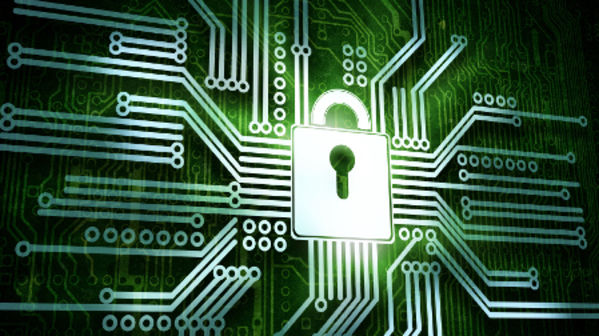
As ATSC 3.0 (aka NextGen TV) rolls out nationwide, critics are pointing to the implementation of digital rights management via encryption of the over-the-air signal as detrimental to the success of the advanced television standard. But advocates are pushing back, noting the importance of protecting both the signal and content.

In a blog posted on NAB’s website this week, Anne Schelle, managing director of Pearl TV, a consortium of broadcasters and manufacturers focused on NextGen TV, says that unlike its predecessors, ATSC 3.0’s IP capabilities allow it to be more resistant to hacking and disruption.
Noting the increasing importance of protecting IP networks, Schelle adds that “until now, broadcast TV has been defenseless against theft, malicious hacks and worse.”
Schelle cites this month’s example of Ukraine’s hacking of a Russian TV stations in which several programs were interrupted with a recording from Ukraine’s Ministry of Defense overlaid with audio in Ukrainian, warning viewers that any Ukrainian offensive will not be given advance notice.
The incident is “a sobering reminder that the proverbial sword cuts both ways. Today’s triumphant hackers could become tomorrow’s victims,” Schelle said. “Consequently, this incident underscores the compelling need for robust security protocols with TV broadcasting.”
Schelle adds that broadcasters need the same protections as the wider IP ecosystem, especially since pay-TV providers have enjoyed the same protections for decades. “Nearly every website uses a seamless signing and authentication process to ensure consumers get what they’re expecting and hackers are kept out,” she said. “Now, over-the-air TV broadcasting will finally have enhanced security just like many websites."
Schelle also cites the growing threat of AI.
The professional video industry's #1 source for news, trends and product and tech information. Sign up below.
“This security upgrade for television broadcasters is important since unprotected signals can easily be intercepted, “deep faked” and redistributed without permission. Courts have shut down these illegal schemes but it took years and cost the industry millions.
“Preventing this problem in advance can be accomplished with the essential security protocols and capabilities inherent in ATSC 3.0,” she added. “Broadcasters must plan to take advantage of these capabilities to protect their signals and their content. These security safeguards will keep hacking and unauthorized redistribution at bay while giving consumers better pictures and enhanced audio.”
June 21: This article was updated.
Tom has covered the broadcast technology market for the past 25 years, including three years handling member communications for the National Association of Broadcasters followed by a year as editor of Video Technology News and DTV Business executive newsletters for Phillips Publishing. In 1999 he launched digitalbroadcasting.com for internet B2B portal Verticalnet. He is also a charter member of the CTA's Academy of Digital TV Pioneers. Since 2001, he has been editor-in-chief of TV Tech (www.tvtech.com), the leading source of news and information on broadcast and related media technology and is a frequent contributor and moderator to the brand’s Tech Leadership events.

